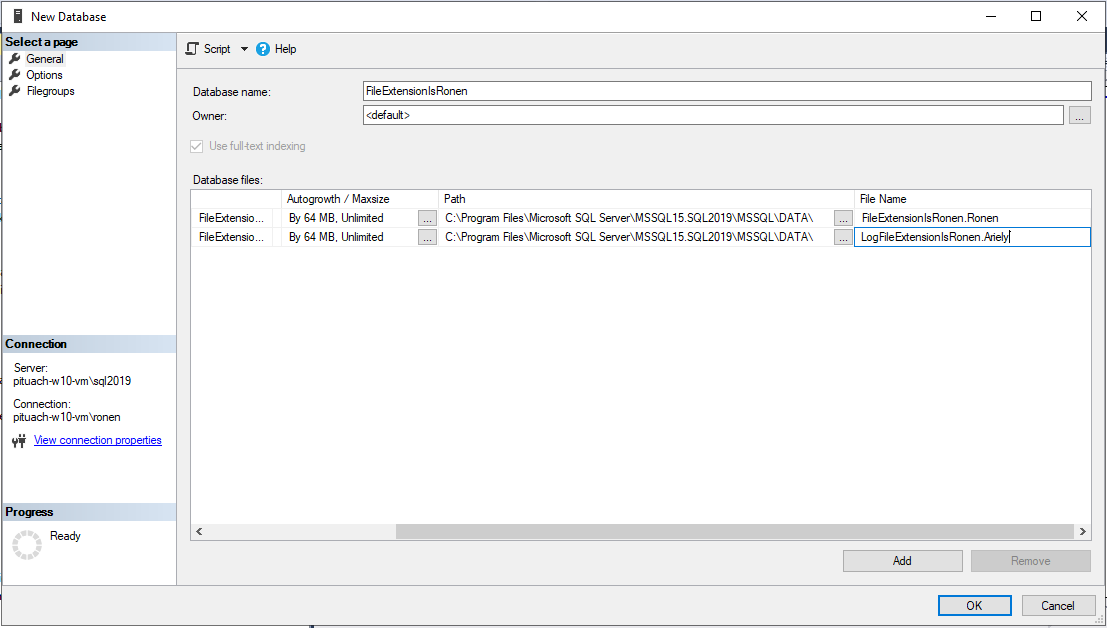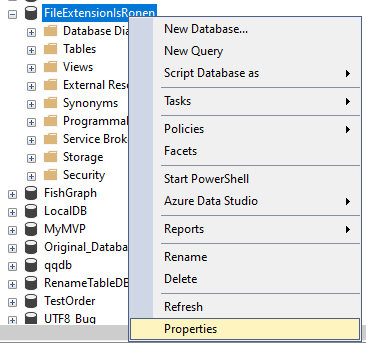Good day,
SSMS forces the file extension mdf for the primary file.
This is not accurate. First of all you can use any file name and execute a CREATE DATABASE query from SSMS, but more then this even the SSMS GUI do not force the file extension!

Open the database properties to confirm the files names (you can also open the folder where the file are stored)


You can use any name for the files extension! The names mdf, ldf, and ndf are nothing more than a convention.
you can probably imagine how confusing that will be to others.
So true :-)
On April Fools' Day several years ago I mess up the DBA team by creating a database with data file ldf and log file mdf and gave them a task to do. It was very funny to see how people blocked by their conventions :-)
So, I have some options to do this:
(1) You can directly move the data file (including the primary file) to a new location in new disk (same with all other files). This is very simple task which include 3 commends: first take the database OFFLINE -> next move the file -> and finely bring the database ONLINE.
Remember!!! backup all your databases including the system databases before you start anything!
Do not do anything on production if you do have the knowledge! Always learn and text in non-production environment!
For more information on moving file check this document:
https://learn.microsoft.com/en-us/sql/relational-databases/databases/move-user-databases?view=sql-server-ver15
Tip! do not put your file in the OS disk. Use separate disks for log and data files.
(2) If your files are well configured, then in most cases you should not move the file but simply add a new file in the new disk. next if needed, you can move specific entities to the new file (for example move specific tables to the new file).



